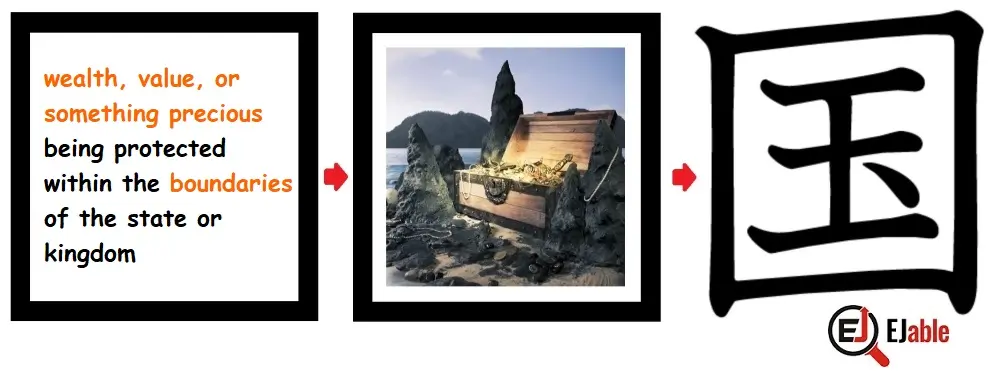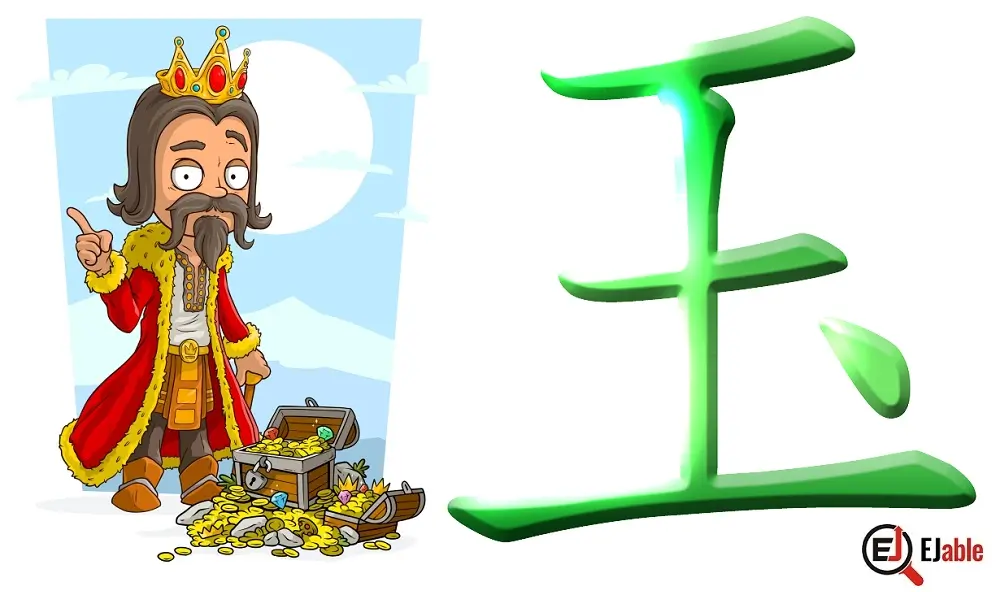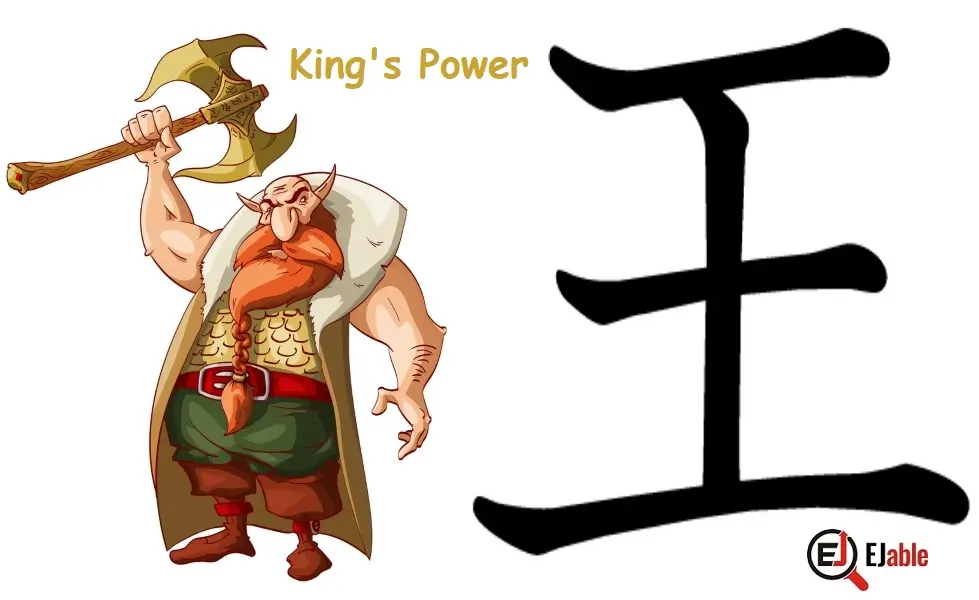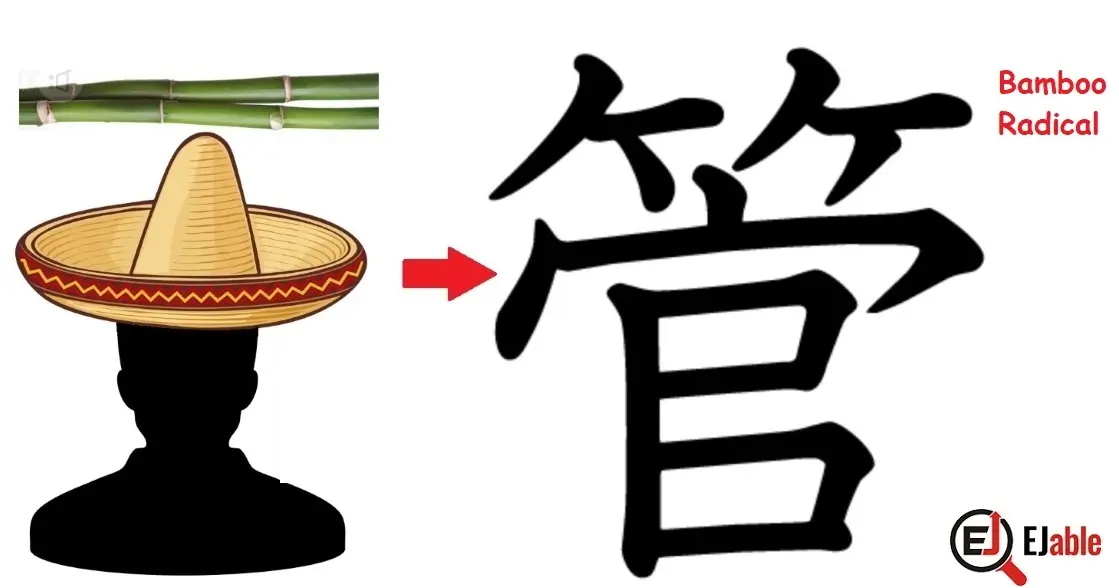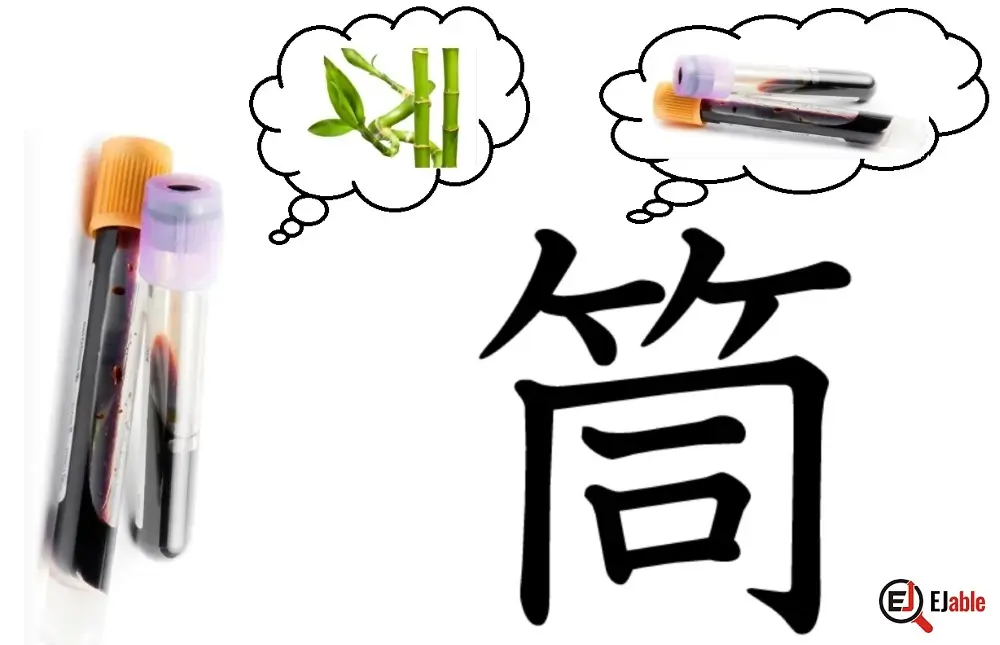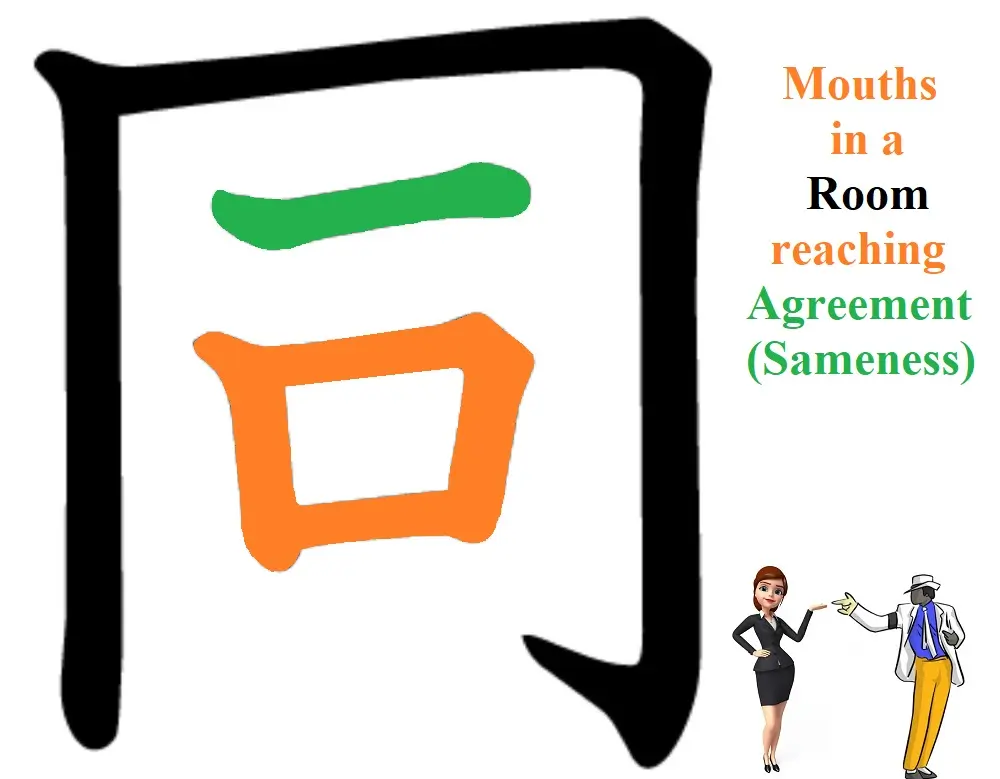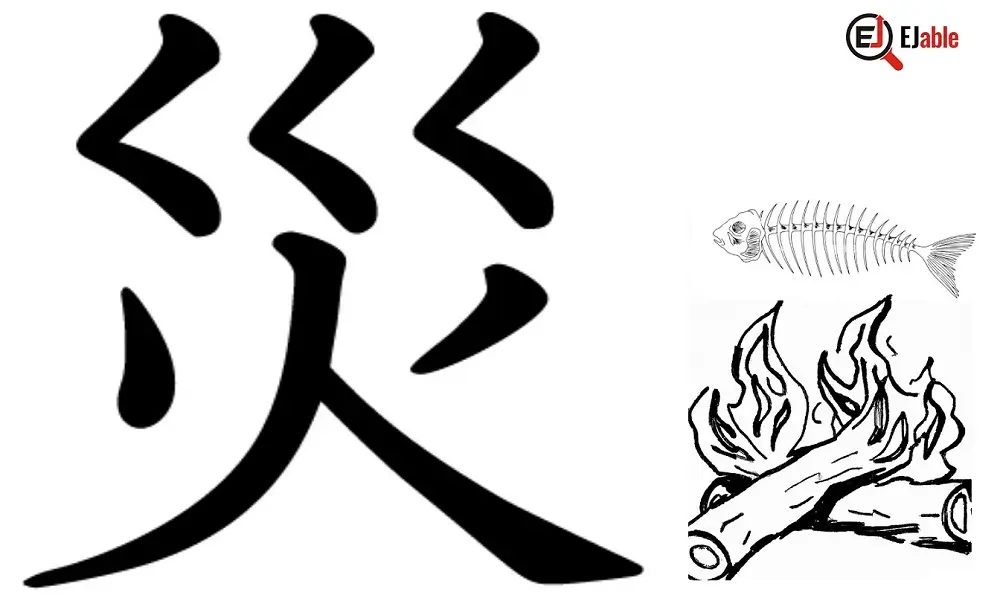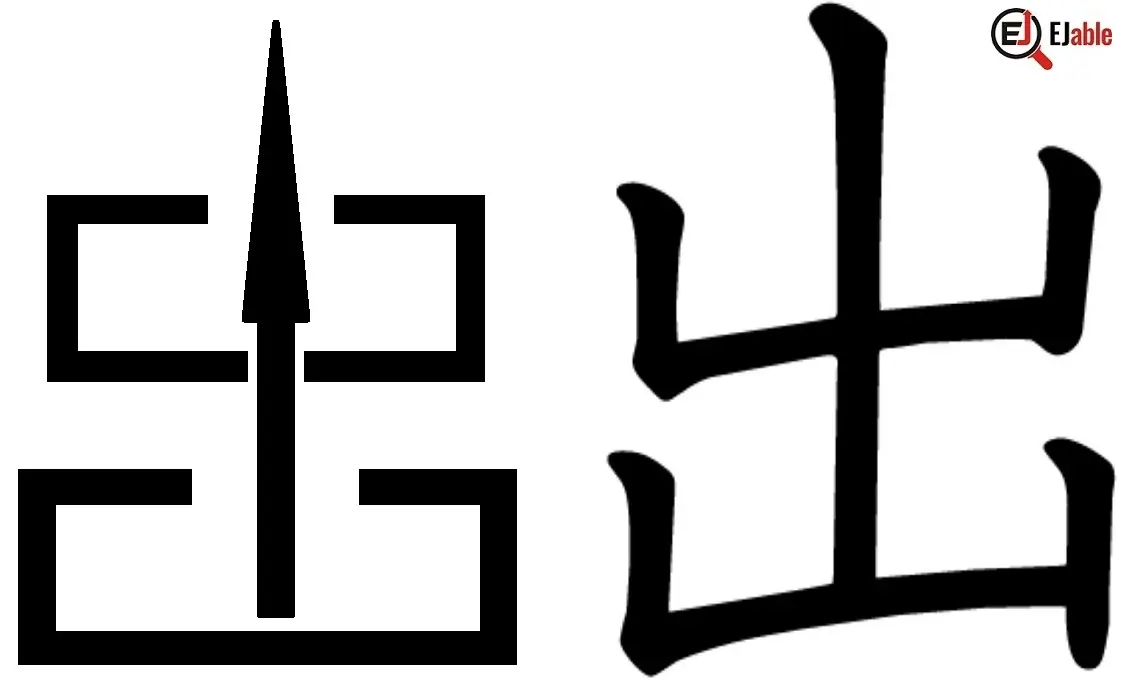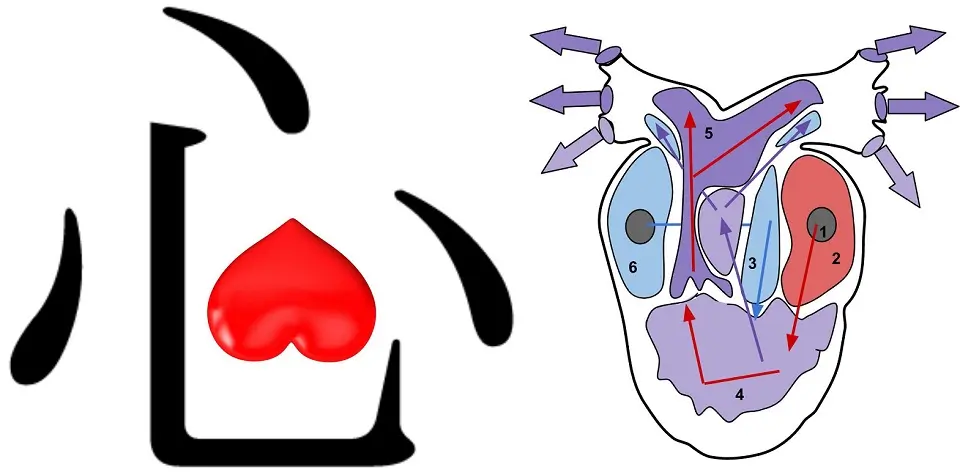Kanji for Country: 国 (Kuni, Koku)
国 is the Kanji for “country” in Japanese. The pronunciation of the Kanji 国 is “kuni” (くに) in its kun’yomi (Japanese reading) and “koku” (コク) in its on’yomi (Chinese reading). The Kanji 国 is constructed with 8 strokes. This Kanji is a part of the JLPT N5 syllabus (please check the list of JLPT N5 Kanji). In Japanese schools, this
Continue reading
